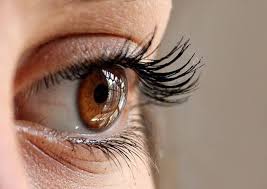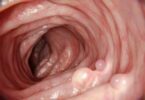Blepharospasm is called constant blinking of the eyes.
Blepharospasm or nervous tic in the eye is an uncontrollable, sporadic and repetitive blinking of the orbicularis muscle.
Certainly, Blepharospasm is blinking or other movements of the eyelid that cannot be controlled, but it also cannot be prevented, which is why it is important to detect it in time.
The nervous system allows a person to blink to prevent dangerous substances, such as smoke, from entering their eyes.
During the course of the day, a person blinks an average of 15 times per minute to keep their eyes healthy, and the tear glands provide the eyes with a lubricating fluid.
To clarify, when there is excessive blinking and its frequency is greater than usual with equal or greater intensity, we are in the presence of Blepharospasm.
Causes:
This condition can be caused by alterations in the eyelids or anterior ocular pole (conjunctivitis, corneal erosion, foreign body, refractive errors, intermittent exotropias or tics).
Likewise, there are other factors that can cause this disease:
Stress, fatigue, excess caffeine and alcohol, tobacco, eye irritation and side effects from medication consumption.
It is considered that excessive blinking is most frequently caused by irritative or inflammatory problems of the eyelids or the anterior surface of the eye.
In principle, eye tics are usually mild and disappear after a few days. If the duration of the nervous tic is more acute, and even affects other parts of the body, do not hesitate to go to a specialist doctor.
Eyelid tremors are common and usually occur due to fatigue and stress. Most eyelid tremors are mild and go away without treatment.
Generally, you can get rid of an eyelid twitch by getting enough sleep, reducing your stress level, and limiting your caffeine intake.
It is important to know that this disease usually appears after 50 years of age and is more common in women.
Recommendations for eye tremor:
- Get enough rest.
- Reduce alcohol, tobacco or caffeine consumption.
- Moisturize your eyes well, using some type of lubricating drops or hydration solutions recommended by an ophthalmologist.
- Practice relaxing activities.
- Do some physical exercise or yoga.
- Open and close your eyes forcefully, blinking slowly.
- Massage the eye gently in a circular motion.
- Place cold compresses or a little ice on your eyes.
For the treatment of Blepharospasm, early diagnosis is essential; as soon as the first symptoms are noticed, you should seek help from a specialist.
FONT
https://medlineplus.gov/spanish/ency/article/000756.htm
https://www.clinicagonzalezcostea.es/que-es-un-blefaroespasmo-causas-y-tratamiento/









